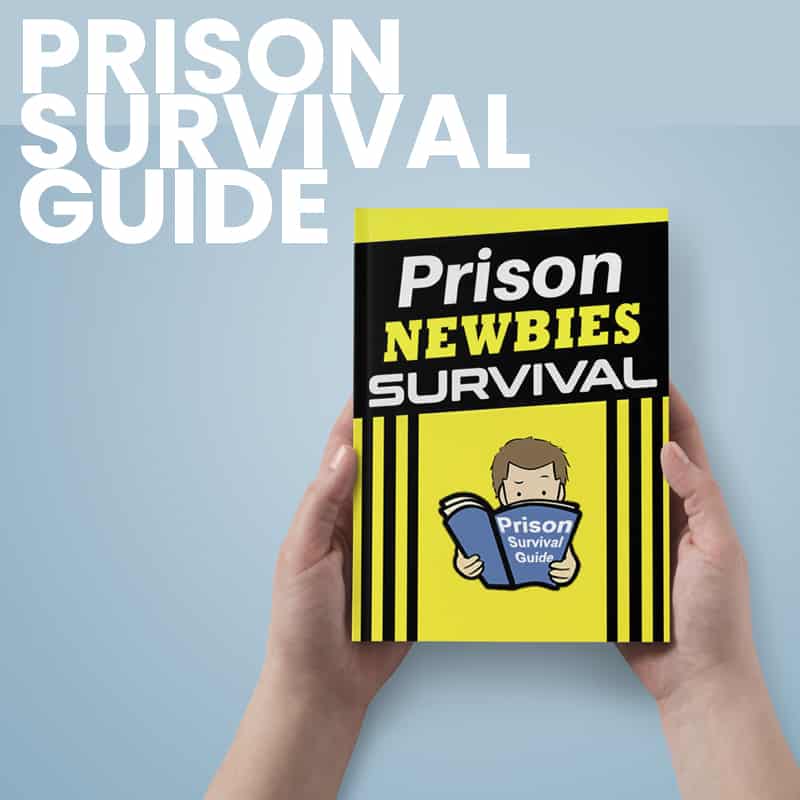What to Take to Court for Sentencing in the UK
When you or a loved one is awaiting sentencing after a jury verdict, it’s crucial to be well-prepared. Your lawyer might hint at a probable sentence, but predictions are never certain. It’s best to assume the worst and prepare for a custodial sentence.
Preparing for the Worst
If you’re expecting to return home post-court but are handed a custodial sentence, it can leave responsibilities like children, houses, or pets unattended. If you drove to court, you’d need someone to move the car, especially if you have the keys. To avoid such complications:
- Contact Details: With mobile phones restricted in prison, jot down essential numbers, from family to financial institutions, in a diary or small address book.
- Clothing: While you might wear formal attire in court, that’s not prison-appropriate. Keep a change of more casual clothes nearby for a smoother transition into the facility.
- Jewellery: Minimize jewellery and expensive accessories. A simple watch might be allowed, but extravagant items like a diamond-studded Rolex won’t be.
- Money: Your cash will be taken and stored in a prison account. This can be used for phone credits and personal necessities.
- Forbidden Items: Prisons won’t allow cigarettes, tobacco, sweets, or food. Instead, plan to purchase them later using the money you brought.
- Medication: Carry any essential medication with you. While the prison might confiscate them initially, they’ll ensure you get access when required.
- Writing Supplies: Emails aren’t an option in prison. Traditional letters might be the best way to communicate, so having paper, envelopes, and stamps could be beneficial.

What to Take to Court for Sentencing in the UK - The Sentencing Procedure
After a guilty verdict, sentencing can be immediate or postponed for a Pre-Sentence Report. The procedure varies slightly between magistrates’ court and the Crown Court, but generally includes:
- Prosecution Opening of the Facts: This is where the prosecution summarises the case. If there’s disagreement on the events, a Basis of Plea or Newton Hearing might be arranged to clarify the facts.
- Victim Personal Statements & Impact Statements: Victims can provide statements outlining the crime’s effects on them, or in the case of businesses, its impact. This gives context to the crime’s broader repercussions.
- Previous Convictions and Prosecution Applications: The court will be informed of relevant past convictions. The defendant may also choose to bring other offences into consideration.
- Defence Plea in Mitigation: This is an opportunity to present factors that might justify a more lenient sentence. It addresses the crime’s circumstances and any relevant information about the defendant.
- Passing Sentence: The magistrates or Judge will provide their final decision on the sentence and clarify their reasoning.
Pre-Sentence Reports
For custodial sentences or community orders, a pre-sentence report by probation officers is often mandated. This report assesses the risk level of the defendant and their attitude towards the crime. It aids judges in deciding the most fitting sentence.
In conclusion, being prepared for court sentencing requires both emotional and practical planning. From ensuring loved ones are cared for to having the right items with you, forethought can ease the initial challenges of a custodial sentence.
From Court to Prison: What Happens After Sentencing in the UK
fter the nerve-wracking process of a trial and subsequent sentencing, those facing a custodial sentence may be anxious about what lies ahead. The transition from court to prison in the UK follows a systematic process, with measures in place to ensure the welfare and security of the individual being taken into custody.
Immediate Aftermath of the Sentence:
- Custodial Sentence: If an immediate prison sentence is handed down, the individual will be taken from the dock to the holding cells located within the courthouse.
- Non-Custodial Sentence: If the individual receives a suspended sentence or any other non-custodial sanction, they will generally be allowed to leave the court.
Holding Cells:
- Before being transferred to prison, the individual will spend some time in the holding cells beneath the court. This wait can vary, ranging from a few minutes to several hours.
- During this period, their personal items will be logged and stored. They’ll receive these items back upon release or have them sent to the prison.
Transportation:
- A secure van operated by a private company (often referred to as ‘Sweatbox Vans’) will transport the individual to prison. These vehicles have individual cells to ensure the safety of all aboard.
- The journey might not be direct; the van might stop at several courts or prisons to pick up or drop off other individuals.
Arrival at the Prison:
- On arrival, there is an ‘induction’ process to help new inmates settle in and learn about prison life.
- They will be searched to ensure they aren’t carrying any prohibited items.
- A healthcare professional will conduct a brief health assessment. This is crucial for identifying immediate health concerns and ensuring the individual receives necessary medications.
Allocation:
- Depending on the length and type of their sentence, their risk level, health, and other factors, they will be allocated a specific category of prison (Category A, B, C, or D).
- New prisoners often start in a local prison for assessment. They might then be transferred to another facility more suited to their categorisation.
First Night in Prison:
- Many prisons have a dedicated ‘First Night’ wing or unit where new inmates spend their initial 24 hours. This allows them to adjust to their new environment with additional support.
Induction Period:
- The induction lasts for a few days. During this time, inmates learn about routines, available services, and rules.
- They’ll also have meetings with various prison staff, including a personal officer who will be their main point of contact.
Communication:
- Inmates are given opportunities to inform their families of their whereabouts.
- They will be informed about the prison’s communication rules, including how often they can make calls or receive visits.
Adjusting to Prison Life:
- After induction, inmates will typically be moved to a regular wing or unit. They’ll integrate into the general prison routine, which includes meals, work or education opportunities, exercise periods, and free time.
Support Services:
- Inmates have access to a range of services, including healthcare, counselling, educational programs, and rehabilitation initiatives.
- Potential Transfers:
- Inmates can be transferred between prisons for various reasons, including to be closer to family, to access specific programs, or due to security concerns.
The transition from court to prison can be a daunting and emotional experience. The structured process aims to ensure safety and provide the sentenced individual with the necessary information and support to adjust to their new environment.




